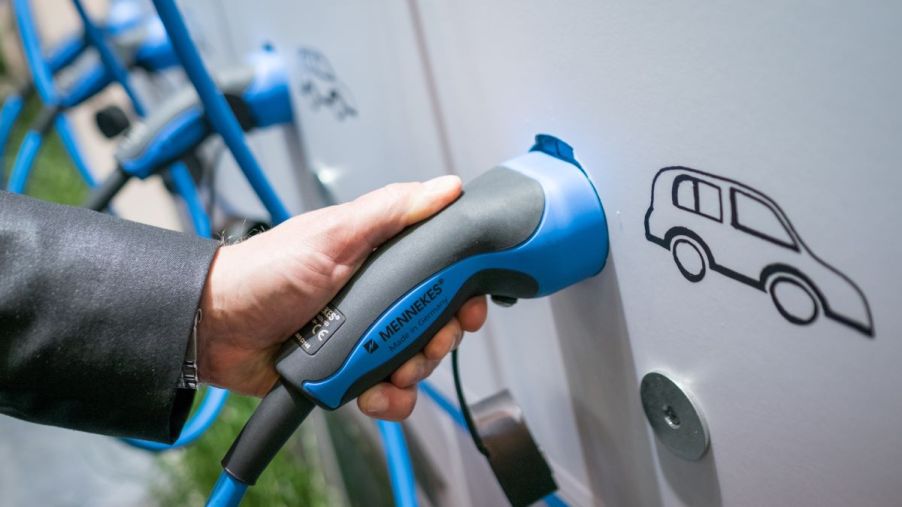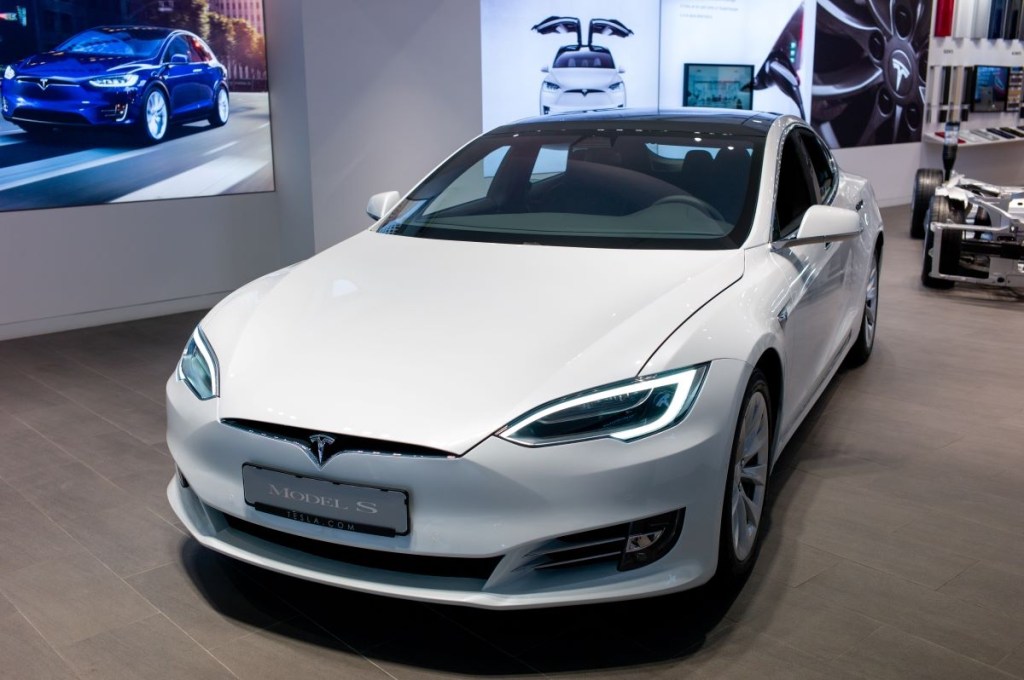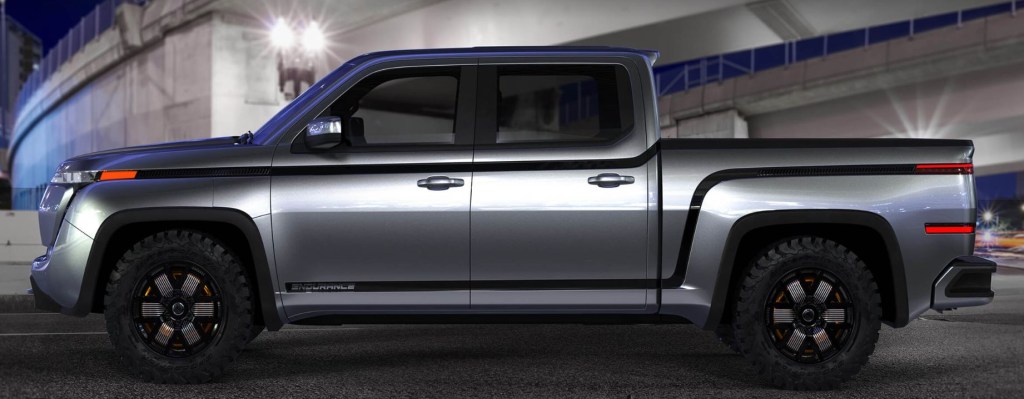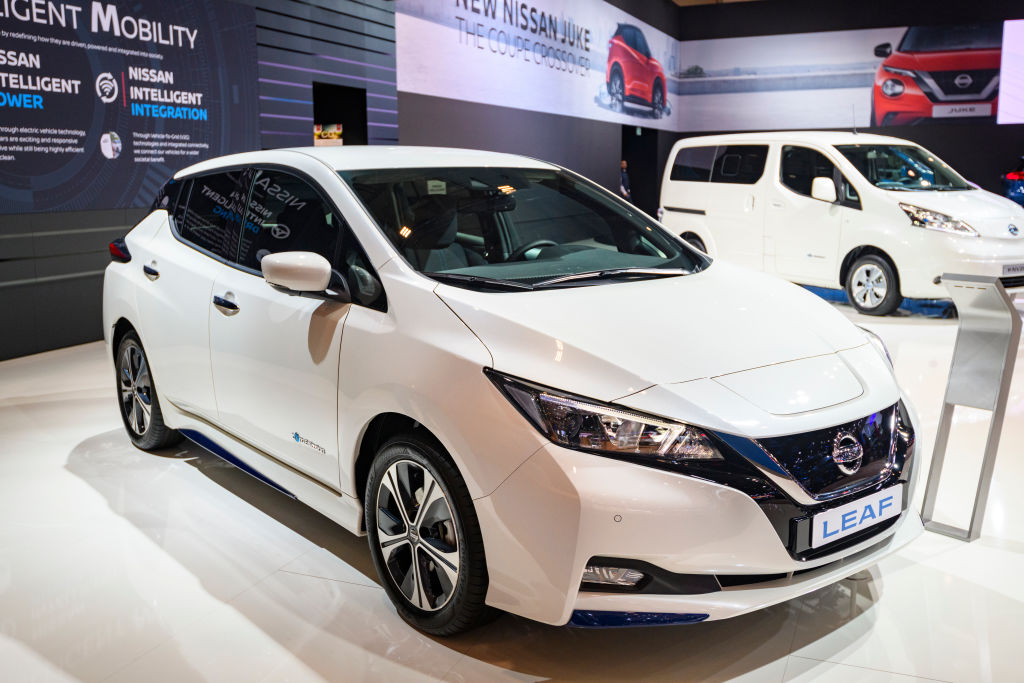
EV Owners to Get Cash From Vehicle-To-Grid Technology
In many areas of the country, people have solar power generated electricity for their homes. If those systems produce more electricity than the homes need, that extra generated electricity is sold back to the local electric utility. A new project is aiming to see if the same concept can work for electric cars. A vehicle-to-grid project has been launched that could end up paying electric vehicle owners for the stored power in their cars. In short, electric vehicle owners could actually earn money by pumping electric power back into the system, just like the solar home situation.

Electric Vehicle-to-Grid technology exists
Vehicle-to-Grid, or V2G, is a technology that pushes an electric vehicle’s battery power back into the electric grid. The technology is used at the charging point. In essence, depending on the load on the system, a vehicle can either be charging itself or uploading the energy to the electric grid via signal at the charging point.
The idea is that as electric vehicles take a larger hold of the automotive market, there will be thousands of power chargers on wheels (consumer’s cars) available for the electrical grid to draw on in situations where brown-outs or black-outs happen. Tapping into a car’s supply in those situations will help to minimize the severity of the outage, or remove it altogether. The greater the available cars signed up for V2G, the greater the stability to the electrical grid, in theory.

According to Virta Global, an EV charging service provider, “Without vehicle-to-grid technology, energy has to be bought from reserve power plants, which increases electricity prices during peak hours, since striking up these extra power plants is a pricey procedure. V2G enables energy companies to play ping pong with electricity in the grid.” Basically, the more cars involved, the less worry there for replenishing power during high demand times, and the better it is for everybody’s wallets.
A new pilot program for 50 electric cars
Although the V2G technology has been in development for many years, Australia is now rolling out a fifty vehicle pilot program. According to Gizmodo, the vehicles will be used to charge or discharge as necessary when hooked up to the electric system. Owners will be paid for the flow back into the system when unexpected electrical shortfalls happen.

Anticipated grid usage
The Gizmodo report continues by saying that the V2G program expects that the fifty electric vehicles piloting the study will be called upon only a few dozen times per year for no more than 15 minutes. So, that means that the vehicles will not be left drained. At that rate, it is anticipated that each vehicle could earn $1,000 for their owners each year.
Commercial fleet vehicles are great targets for V2G adoption. Many busses and garbage trucks sit unused during the evening and overnight hours. As those fleets and others become electrified in the near future, V2G will be a great resource charging the vehicles and feeding the electric power back into the system. However, the average consumer is not excluded. As vehicle manufacturers start to incorporate V2G technology into their vehicle connections, electric vehicle owners will also be able to pocket the money.
Electric V2G is still in its infancy
For now, however, the technology is still in its infancy around the world. Evaluations are being made into the practicality, the actual return, standardization that need to be made, and any nuances that can be discovered. So, for a few more years, expect there to be slow roll-outs of different programs experimenting with the technology. But, if the housing sector has already adopted this technology with solar-powered homes, the anticipation is that adoption is not far for the automotive industry.


